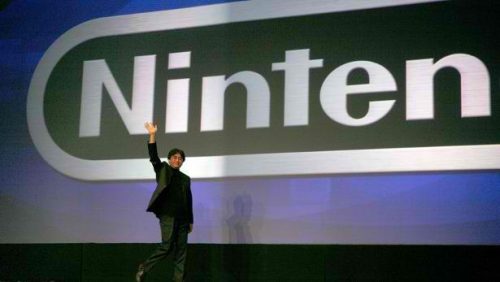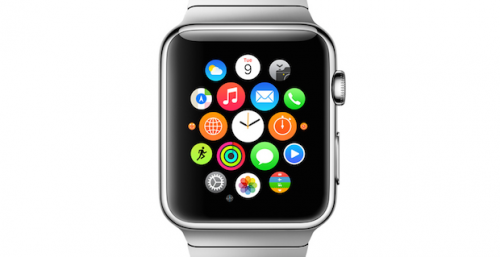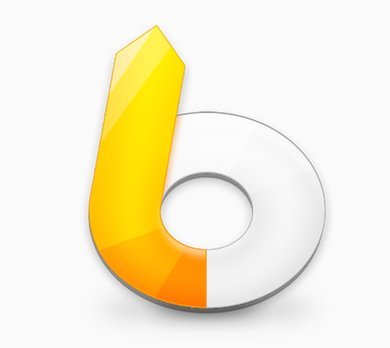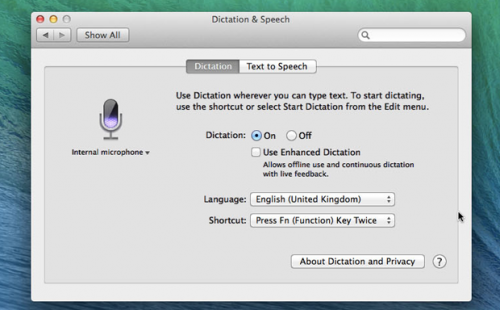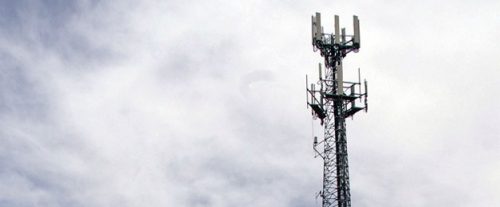
The first generation of mobile phone technology (1G) refers to the initial analog signal that was the backbone of mobile connectivity. The transition to second generation (2G) was characterized by the shift from analog signal to digital. The last popular phone to make use of 2G technology was the original iPhone in 2007, although 3G technology was already widely available.
Introduced in 2001 and brought to consumer use in 2003, third generation (3G) mobile technology became the successor to 2G and ushered in the era of the smartphone. 3G capability was originally made available to the market through devices geared towards business users, such as BlackBerry and Palm mobile phone products. We currently stand on the bridge between 3G and 4G, and we’ll discuss why you may want to hold off on that 4G upgrade for a little while longer.
3G: Today’s standard
3G represents a period in the timeline of mobile phone technology. Most mobile phones today run on some type of 3G network (depending on carrier) for their voice and data access. This access makes possible advanced phone functionality such as smartphone features of email, media streaming and downloading, and web browsing.
Theoretically, 3G speeds can reach up to 3 Megabits per second (Mbps), with average speeds tending to be closer to 1Mbps or lower. This means 1 million bits, or 125,000 bytes, of data are being transferred per second in equivalent speeds to most standard home DSL internet connections. At this download speed, it takes roughly 1 to 2 minutes to download a 4-minute MP3 file. 3G coverage spans most of the continental United States, with heavier coverage around major metropolitan areas.
4G: The speed of what’s just ahead
Most technologies branded as 4G aren’t quite 4G systems, but a late form of the 3G technology more commonly called “Pre-4G.” 4G development focuses around achieving ultra-broadband speeds, competing with and in some cases outstripping the speeds provided by your home internet connection.
These goals make 4G ideal for the mobile consumer who is seeking to replace a wifi network with speed-equivalent or faster mobile technology through smartphone tethering or mobile broadband devices. 4G average speeds are targeted to be in the 100Mbps to 1Gbps range, roughly 10 to 100 times (dependent on location) faster than 3G networks. At that rate, that 4-minute MP3 download would take you mere seconds.
The current iterations that attempt to reach 4G standards are referred to as Pre-4G because they do not yet reach these data rates. Even Sprint, the company with the apparent leg up in the 4G race, doesn’t yet offer true 4G on its 4G devices. Sprint’s service technically falls into the pre-4G category, along with Verizon’s newly launched 4G network.
There is only one U.S. carrier that is offering true 4G service: Sprint. Sprint currently has two mobile phones, the HTC Evo and the Samsung Epic, which have been benchmarked to achieve speeds 10 times faster than 3G; coverage is still limited to major metropolitan cities. Outside of these areas, data speeds revert to 3G.


